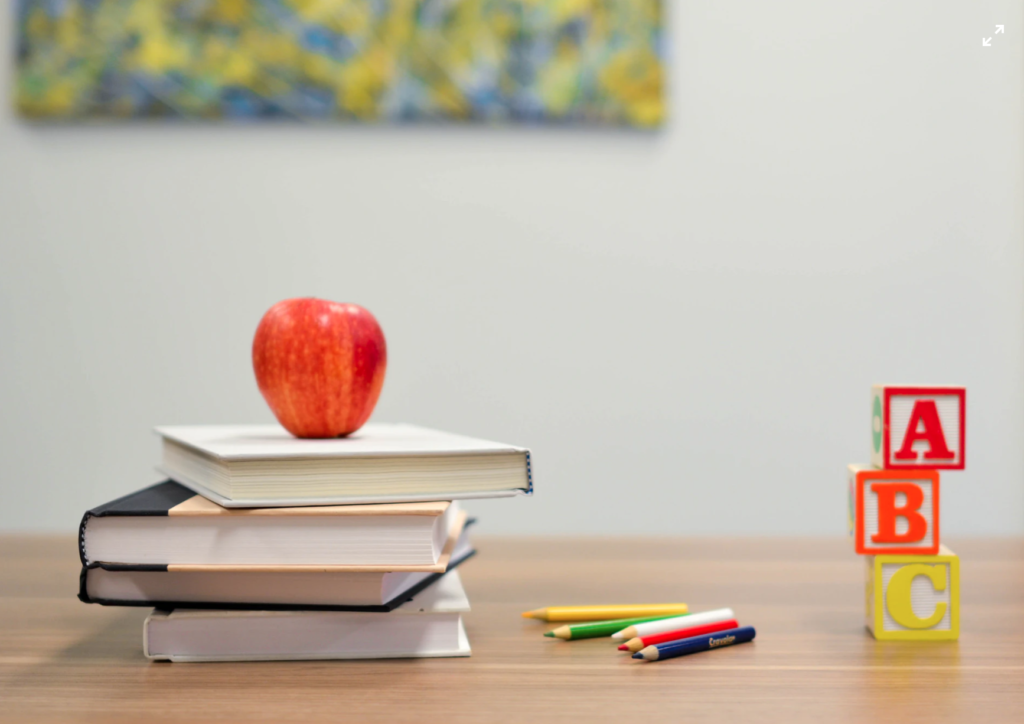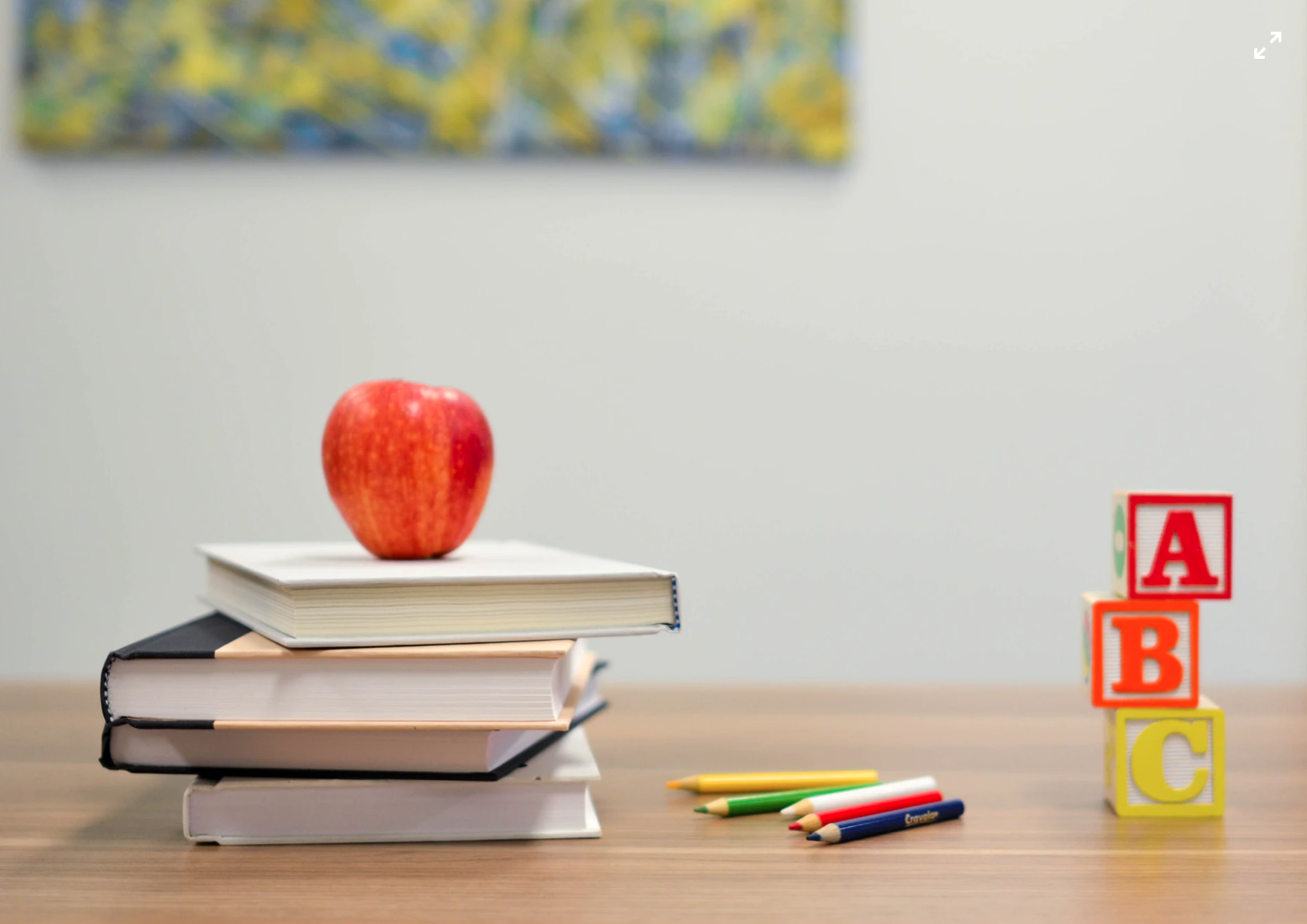Three microscope lessons perfect for STEM students

And… we’re off! The school year has begun and on top of normal early-year craziness, we have a global pandemic in the mix. Some instructors are trying to plan remotely, others are trying to social distance in their classrooms, and some have a mix of in-person and distance learning. But one thing all teachers have in common is the need for engaging course content. If you’re able to pull out your microscopes this year, here are a few interactive microscope lessons that you can use to keep your students entertained and learn about microscopy along the way.
Forensic Scientist
Premise:
- Forensic science is a fascinating career path for students interested in STEM, and it can be a great way to use microscopes in the classroom and have a highly-interactive lesson.
Objectives:
- Have students explore the various types of physical evidence that can be found at a crime scene and learn how they are used to help investigators. Use things such as fingerprints, impression evidence (tire tracks), hairs & fibers, chromatography, and more as potential subjects for your students to examine under the microscope.
Learning Questions:
- Here is a great quiz that students can answer as they investigate.
Onion Root Exercise
Premise:
Common microscope lessons involve learning about cellular division. An onion root is a great way to visually see the different steps in the plant cell cycle.
Objectives:
- Use a model to illustrate the role of cellular division (mitosis) and differentiation in producing and maintaining complex organisms.
Learning Questions:
- A great lesson plan on this topic can be found here.
Sweet and Salty
Premise:
Your microscope lessons can include minerals too! The world of microscopy extends far beyond things that are alive. Minerals offer beautiful views under the microscope, and everyday crystals like sugar and salt can make for an interesting lesson.
Objectives:
- Have students make a Venn diagram of the similarities and differences between sugar and salt crystals.
- Have students draw or describe the structure of the sugar and salt crystals.
Learning Questions:
- What characteristics dictate what a crystal structure looks like?
- Do you think scientists can predict crystal structures based on the known features of a compound or material?
- What information would a scientist need to predict the structure?
Even if your classroom looks much different this year, we hope these activities help keep students engaged and interested in STEM subjects. For more information or to find the best microscopes for your classroom, please contact our team!

